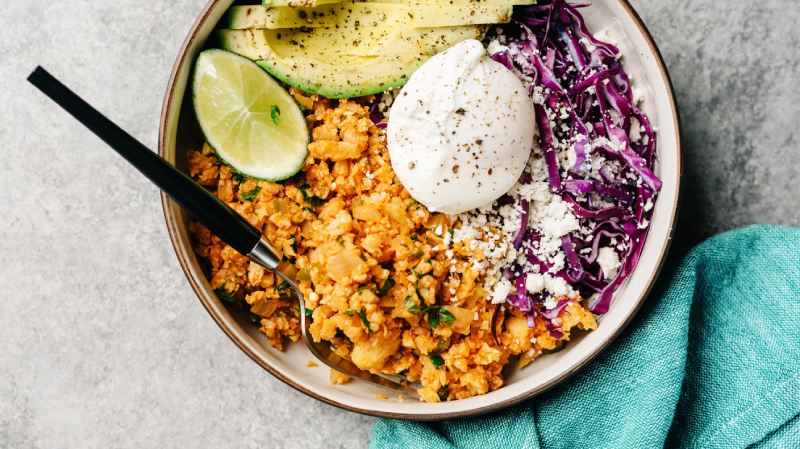Managing diabetes effectively requires a long-term commitment to a healthy lifestyle, and adopting a low-sugar diet is one of the most crucial steps. Here’s a guide to help you design a sustainable low-sugar eating plan to keep your blood sugar levels in check while still enjoying your meals.
Why a Low-Sugar Diet Matters
Excess sugar in the diet can cause spikes in blood sugar levels, increasing the risk of complications in people with diabetes. A low-sugar diet helps:
- Maintain stable blood sugar levels.
- Reduce the risk of heart disease and obesity.
- Improve energy levels and overall well-being.
Key Components of a Low-Sugar Diet
Focus on Whole Foods
- Opt for whole grains like quinoa, brown rice, and oats instead of refined grains.
- Incorporate plenty of fresh vegetables, such as leafy greens, broccoli, and bell peppers.
- Choose whole fruits like berries, apples, and oranges in moderation for natural sweetness.
Choose Healthy Proteins
- Include lean proteins like chicken, turkey, fish, and plant-based options like lentils and tofu.
- Snack on nuts, seeds, and Greek yogurt for a protein boost.
Embrace Healthy Fats
- Use olive oil, avocado, and nuts as healthy fat sources.
- Avoid trans fats and limit saturated fats from processed foods.
Limit Added Sugars
- Read food labels carefully to avoid hidden sugars in packaged foods.
- Replace sugary beverages with water, herbal tea, or sparkling water infused with fruit slices.
Practice Portion Control
- Use smaller plates to manage portion sizes.
- Measure servings of higher-carb foods like rice or pasta to avoid overeating.
Plan Balanced Meals
- Create meals with a balance of carbs, proteins, and fats to prevent blood sugar spikes.
- Incorporate fiber-rich foods to slow digestion and stabilize blood sugar.
Sample Low-Sugar Meal Plan
Breakfast:
- Scrambled eggs with spinach and avocado slices.
- A slice of whole-grain toast.
Lunch:
- Grilled chicken salad with mixed greens, cucumbers, and a lemon-olive oil dressing.
- A small handful of unsalted almonds.
Snack:
- Greek yogurt with fresh berries.
Dinner:
- Baked salmon with steamed broccoli and quinoa.
Dessert (Optional):
- A small piece of dark chocolate (70% cocoa or higher).
Tips for Long-Term Success
- Meal prep weekly to avoid last-minute unhealthy choices.
- Experiment with herbs and spices to add flavor without sugar.
- Stay hydrated and active to support overall health.
By following a low-sugar diet plan tailored to your needs, you can achieve better blood sugar control, reduce the risk of complications, and improve your quality of life. Start today, and take the first step toward long-term diabetes management

 Diabetology2 weeks ago
Diabetology2 weeks ago
 Diabetology2 weeks ago
Diabetology2 weeks ago
 Diabetology2 weeks ago
Diabetology2 weeks ago
 Diabetology1 week ago
Diabetology1 week ago
 Diabetology2 days ago
Diabetology2 days ago
 Diabetology1 day ago
Diabetology1 day ago
 Diabetology1 day ago
Diabetology1 day ago









